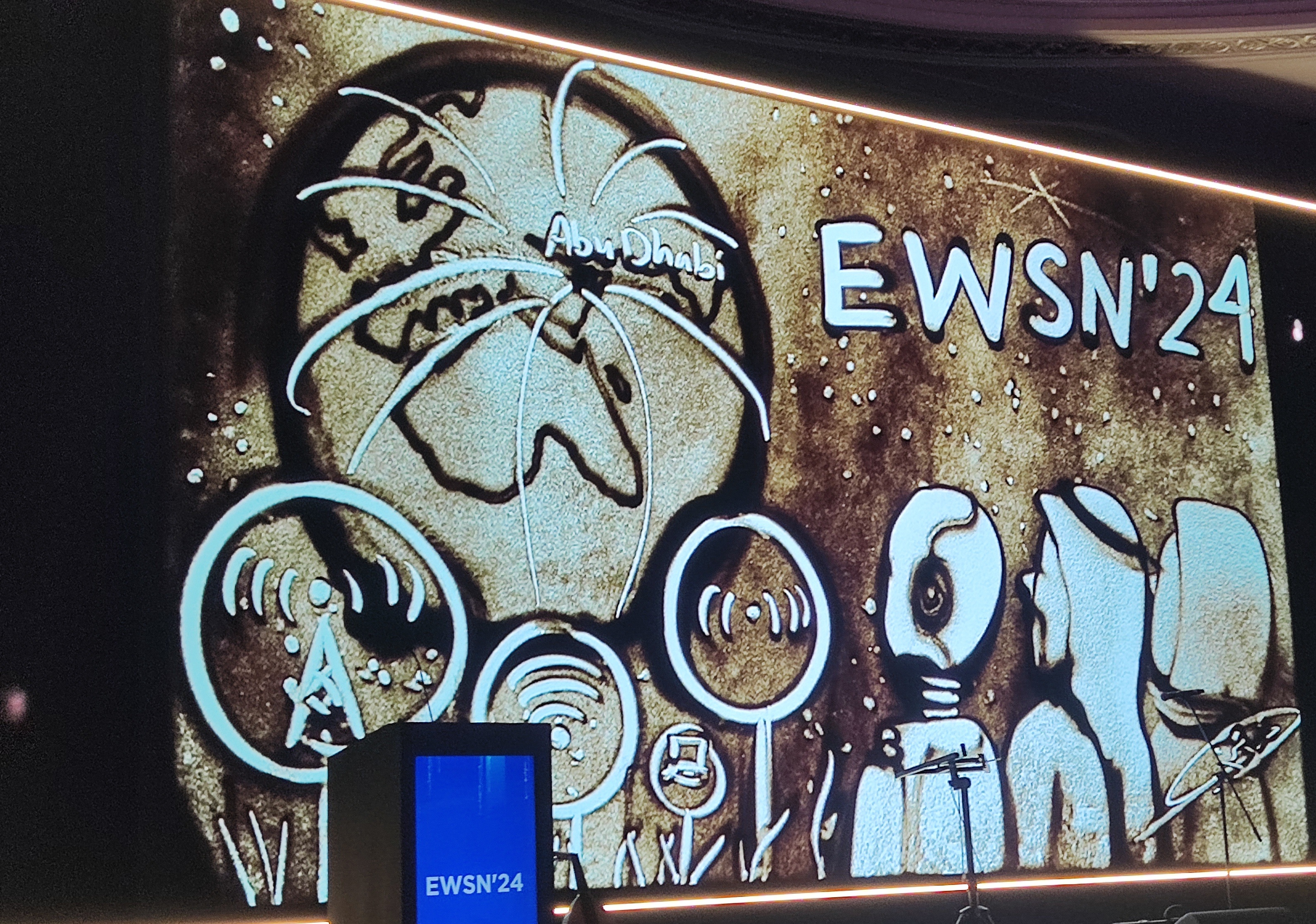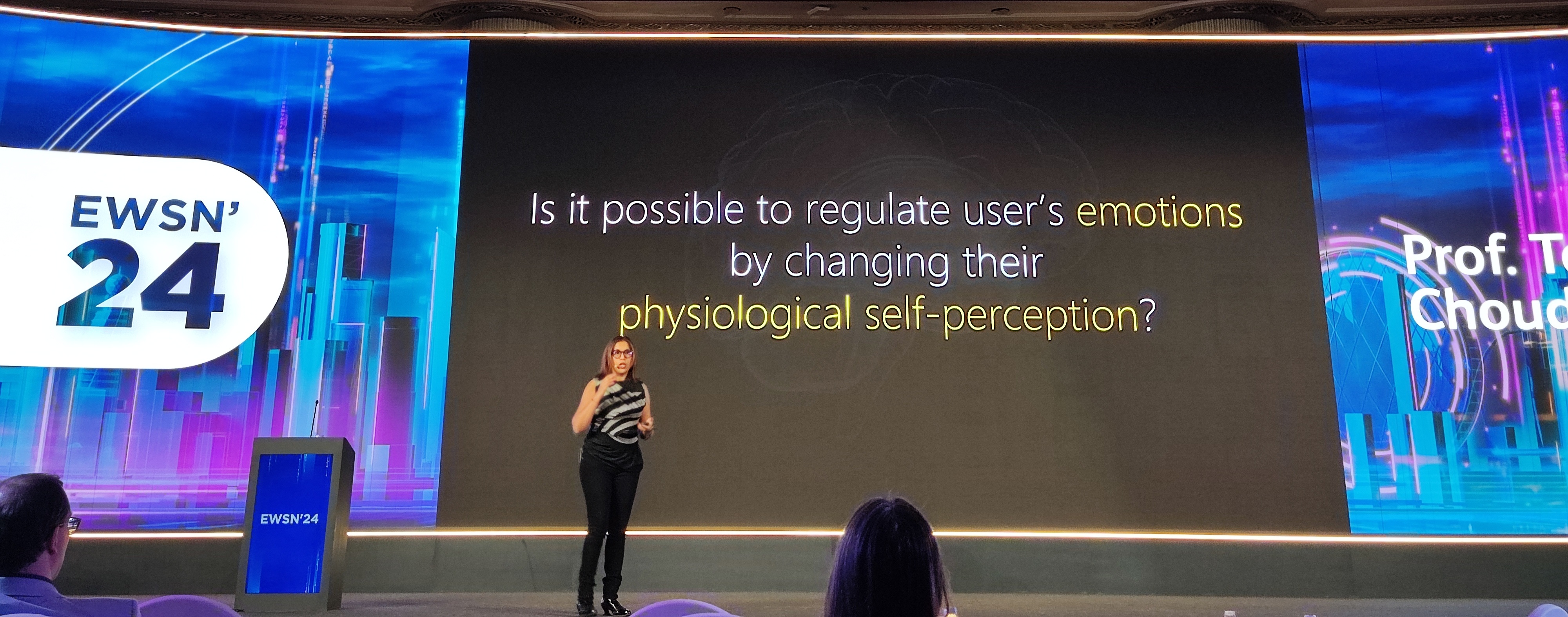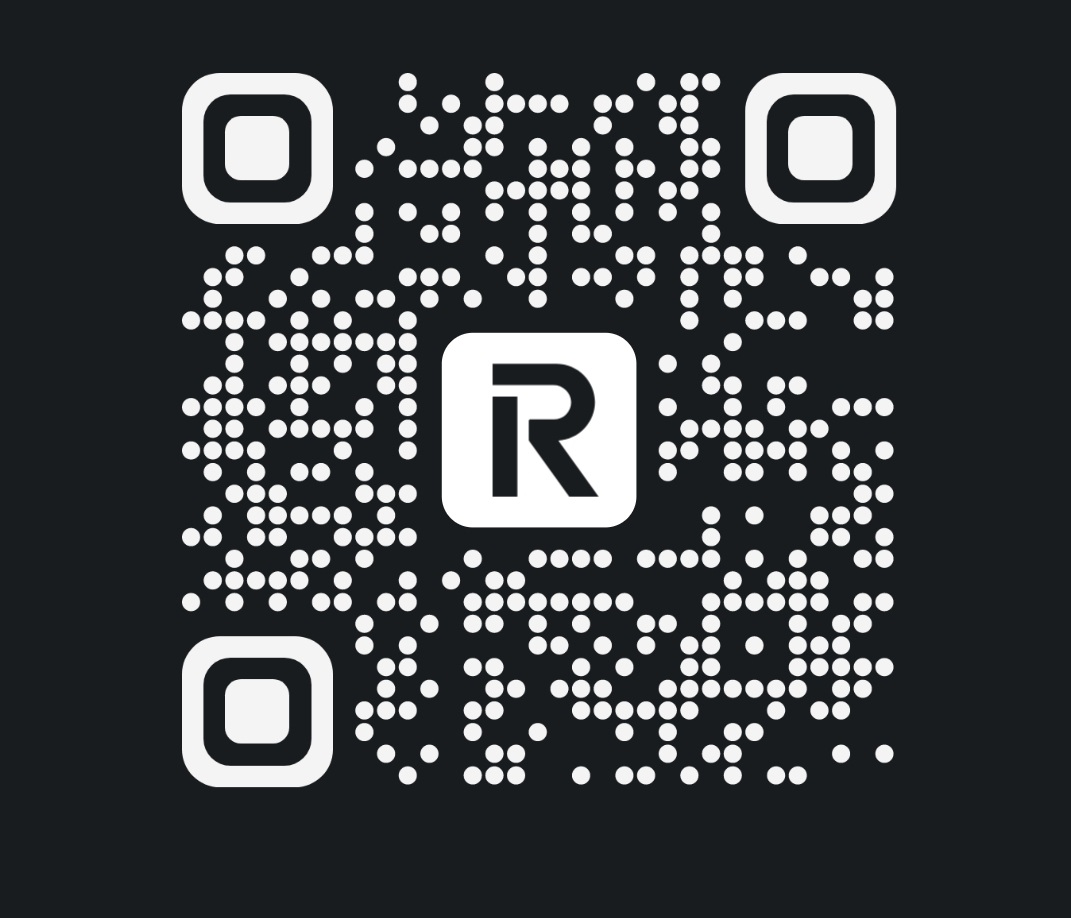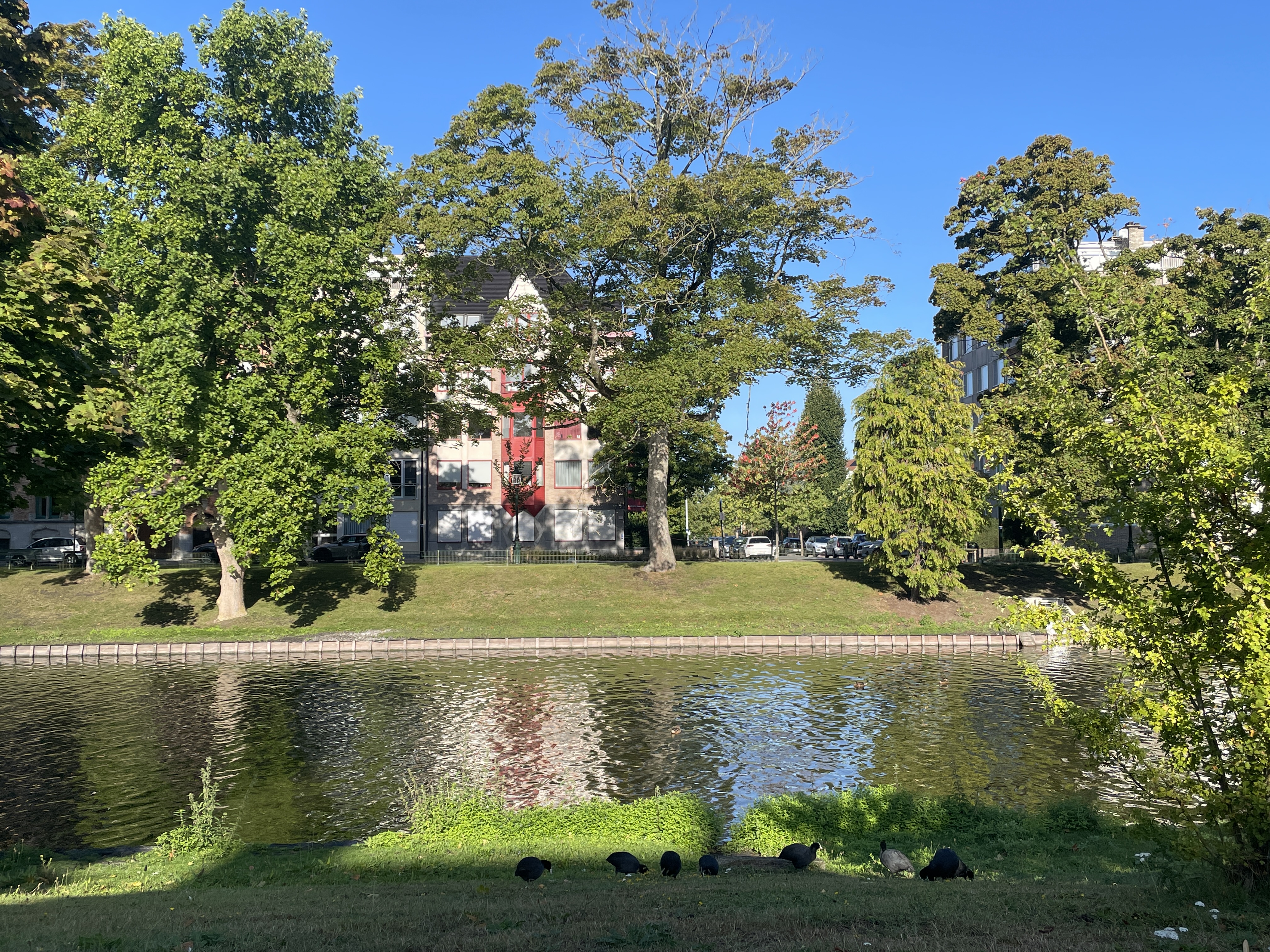Regulating Emotions: Invasive or Non-invasive?

2. Exploring Abu Dhabi
Despite the challenges, I managed to enjoy some of Abu Dhabi’s highlights. I saw a stunning desert sunset, went on a desert safari, rode a camel, and visited the breathtaking Sheikh Zayed Mosque. However, I realized I’m a bit of a sentimental traveler. I always feel something is missing when I can’t share these experiences with my husband or close friends. That said, Abu Dhabi is a fantastic place to visit, and I found myself wishing several times that my husband could have been there to experience it with me.
3. Thoughts on the Conference
As a relatively new researcher, every conference I attend leaves me with a strong urge to return to my lab and dive into experiments. At times, I find the social aspects of these events overwhelming or even somewhat meaningless because I feel I’m not yet strong enough to collaborate effectively with others. A voice in my head constantly tells me, “Work harder, Emily!”.
AI and machine learning dominated much of the research presented at the conference, which initially felt discouraging since these aren’t my areas of expertise. However, I’ve resolved not to fall behind. If AI is a valuable tool, I need to familiarize myself with it and find ways to integrate it into my work. As a first step, I’ve added “learning machine learning” to my 2025 to-do list, and I’m determined to make progress in this field.
One of the keynotes I was most excited about was “Sensory Interventions: Real-time integration of passive sensing and adaptive passive interventions” by Prof. Tanzeem Choudhury from Cornell Tech. While I had high expectations for this presentation, I must admit I left feeling a bit disappointed. The speaker only briefly touched upon the subject and didn’t delve into the detailed or advanced technologies I was hoping to learn more about. However, I understand that this is often the nature of a conference keynote

During the Q&A session, I asked whether heart rate was the only parameter they used to assess emotion and whether they had considered any invasive sensing methods. The answer was “yes” and “no.”
I couldn’t help but think about how deep brain stimulation (DBS) surgery has already been verified as a promising approach to treating depression [1]. To me, it seems like DBS represents the gold standard for addressing emotional disorders. By comparison, their team’s non-invasive approach, relying solely on heart rate, initially felt overly simplistic and limited.
However, after reflecting on it, I realized their method has its merits. For cases that are not treatment-resistant depression, why not explore simpler, non-invasive ways to address the problem? If it works, it could be an accessible and practical solution for many people. Interestingly, this aligns with what I aim to achieve for diabetic patients—finding effective, non-invasive methods to improve their quality of life.
Reference
[1] Scangos, K.W., Khambhati, A.N., Daly, P.M. et al. Closed-loop neuromodulation in an individual with treatment-resistant depression. Nat Med 27, 1696–1700 (2021). https://doi-org.kuleuven.e-bronnen.be/10.1038/s41591-021-01480-w.
Regulating Emotions: Invasive or Non-invasive?
https://emilypeng2017.github.io/2024/12/28/Regulating-Emotions-Invasive-or-Non-invasive/



